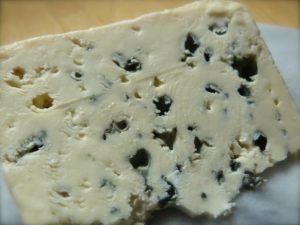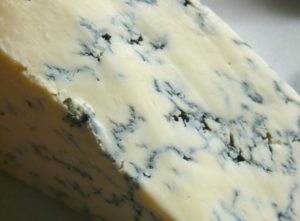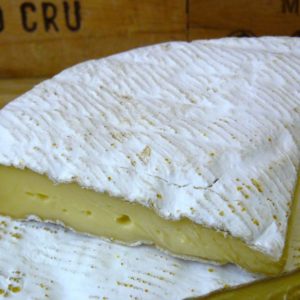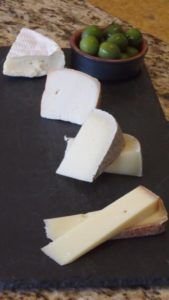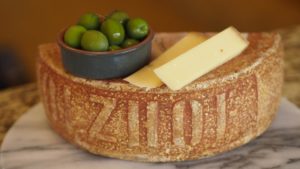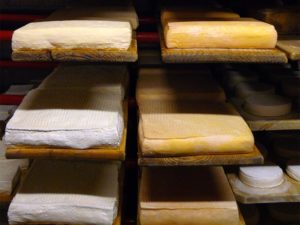
Editor’s Note: This sponsored column is written by Nick Anderson, beermonger at Arrowine (4508 Lee Highway).
“Not everything that goes around comes back around, you know…”
That’s a line from the title track of the new Queens Of The Stone Age album, …Like Clockwork, and while beer has absolutely nothing to do with the themes of the album or that song in particular, that line came to mind the other day as I opened a beer from my cellar. That beer was Fort, from Dogfish Head, and it was the last bottle I had, and maybe would ever have of one of my favorite beers to age.
 To make a long-ish story short, Dogfish Head revises its brewing schedule every year, discontinuing beers to make room for new ones or rotating occasional rarities in-and-out of the lineup. Even among the Dogfish faithful Fort was never the most popular beer, so there was little surprise when their 2012 schedule showed that Fort had been discontinued.
To make a long-ish story short, Dogfish Head revises its brewing schedule every year, discontinuing beers to make room for new ones or rotating occasional rarities in-and-out of the lineup. Even among the Dogfish faithful Fort was never the most popular beer, so there was little surprise when their 2012 schedule showed that Fort had been discontinued.
Still, I was disappointed: yes, Fort was an insane 18%-ABV Belgian-style base beer fermented with a ton — literally one ton — of raspberry puree in every tank. It was true that on release Fort was boozy, obnoxiously fruity and sweet, with a syrupy feel that made it nearly undrinkable. With a year and a half to two years in the cellar, though, I would put Fort up against nearly any beverage on the planet.
When the word went out that Fort was not going to be made anymore I only had one bottle in my cellar, a 2011 that I’d recently purchased. Ever since, I’d thought about opening it at least 3-4 times but couldn’t bring myself to do it know that once I did, that would be it.
Any hobbyist can tell you about the difficulties of coming to the end of something they enjoy — the last book in a series; the last bottle in a case; the last bite of a perfect meal; the pause as the lights go down just before the ending credits roll at a movie. At heart hobbyists are sentimental; you have to be to develop such attachments to what for most are at best interests and at worst distractions. Along with that attachment comes the knowledge that one day, you’ll have to let that wonderful thing go, whatever it is.
After nearly 15 years of chasing down craft beers and wines I’ve gotten pretty good at letting go, but occasionally it is still difficult. My last bottle of Fort was one of those occasions.



